MySQL installation and configuration diagram under Mac
This article mainly introduces the MySQL installation and configuration tutorial under Mac in detail. It has certain reference value. Interested friends can refer to it. I hope it can help you.
First you need to download
MySQL Community Server download address: https://dev.mysql.com/downloads/mysql/

Enter the MySQL download interface (https://dev.mysql.com/downloads/mysql/). If you are using Mac OS to access, the Mac OS X platform will be selected for you by default, and the following are listed below They are all versions of MySQL that can be used on Mac OS. If you are using other platforms, just select it in the drop-down list of the "Select Platform" option.
There are many versions of MySQL on Mac OS, some of which are based on the platform, such as 10.5/10.6 and other platforms, and then there are 32-bit and 64-bit. You can choose this according to the situation of your own system. , and then the file extensions include .tar.gz and .dmg. Here I choose .dmg. Click download on the right to download.

Then it will jump to another interface. This interface prompts you whether you need to register. Simply select the bottom "No thanks, just take me to downloads!" ”, and then it actually jumps to the download interface. This interface lists a lot of servers for downloading. Just select a server and download.
Double-click the pkg file to install all the way down. Remember to save the password in the last pop-up box (it is the password for your mysql root account)
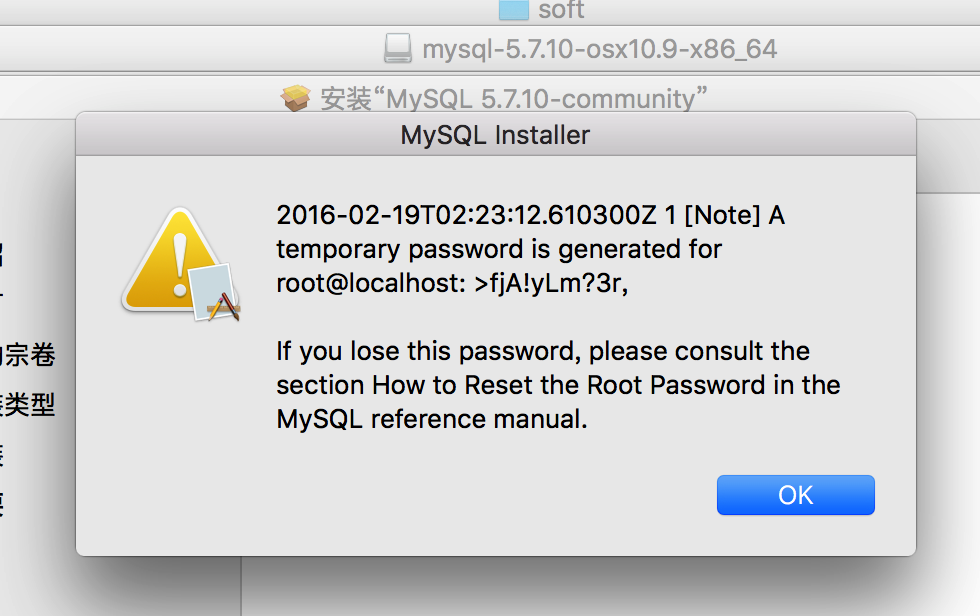
MYSQL2.png Under normal circumstances, the installation is successful.
At this time, the installation is successful, but additional configuration is required:
(1) Enter system preferences
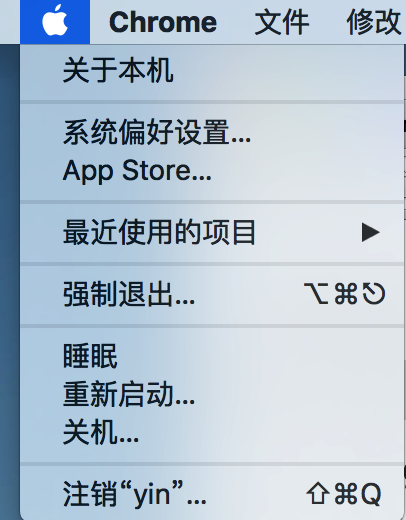
(2) Click mysql
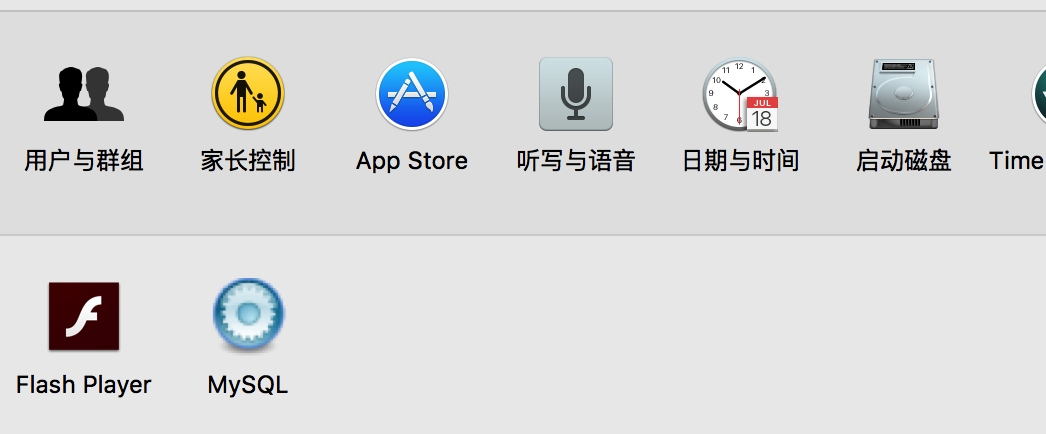
(3) Open the mysql service
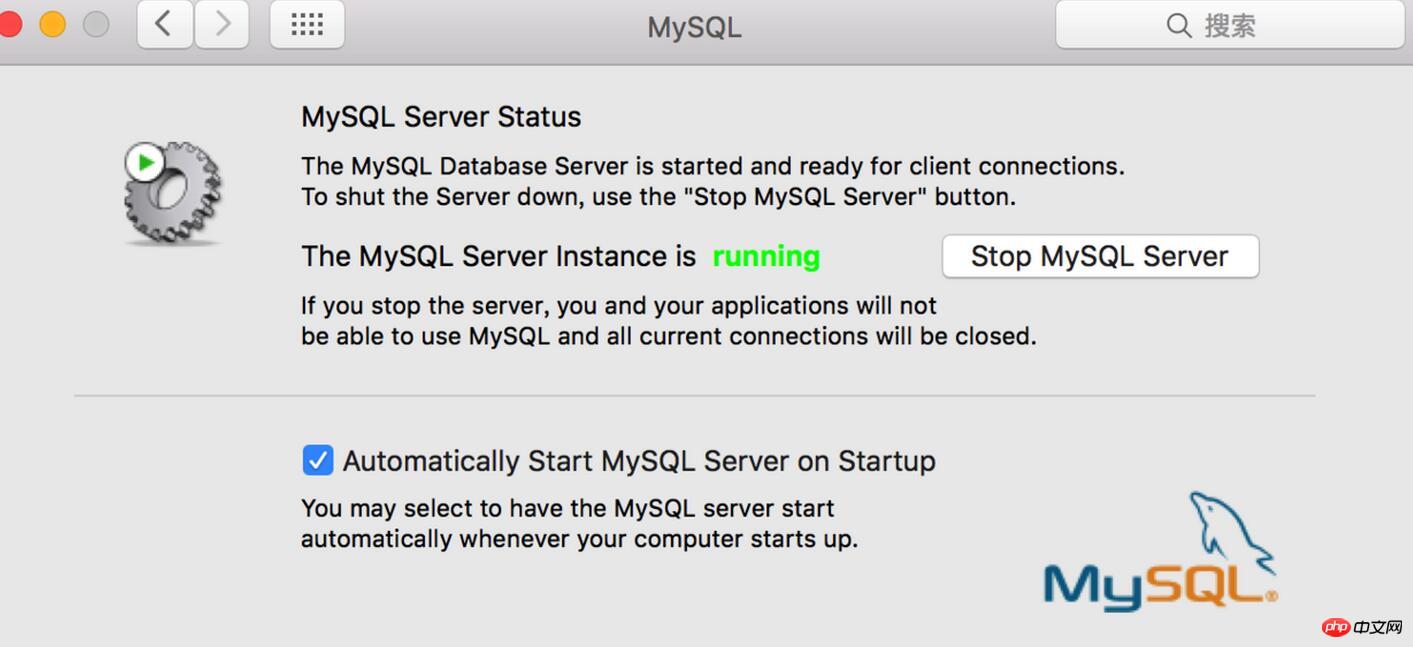
At this time we Entering the mysql -u root -p command on the command line will prompt that commod not found is not found. We also need to add mysql to the system environment variable.
(1). Enter /usr/local/mysql/bin,Check whether there is mysql in this directory, see pic6.
(2). Execute vim ~/.bash_profile
Add the mysql/bin directory to the file, see pic7:
PATH=$PATH:/usr/ local/mysql/bin
After the addition is completed, press esc and enter wq to save.
Finally enter source ~/.bash_profile
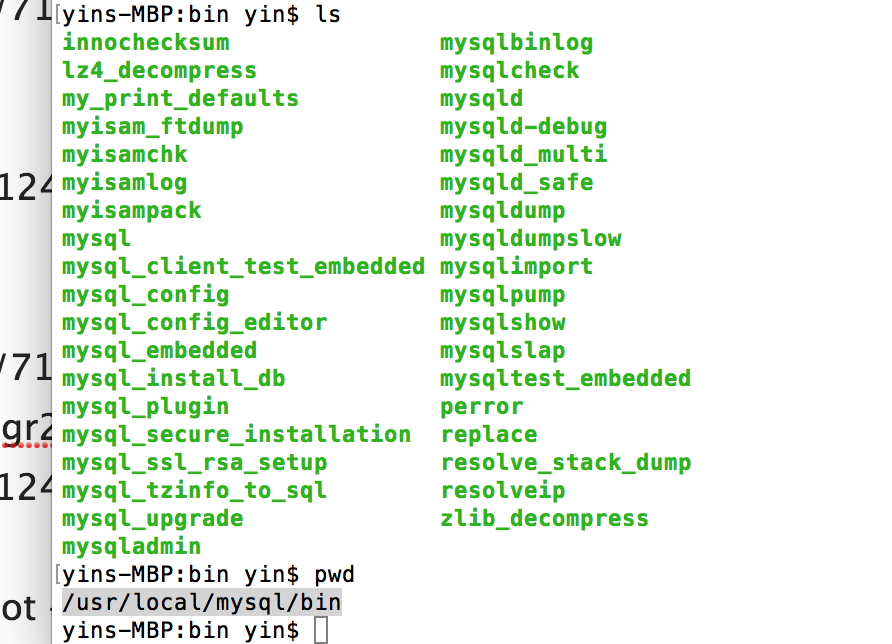
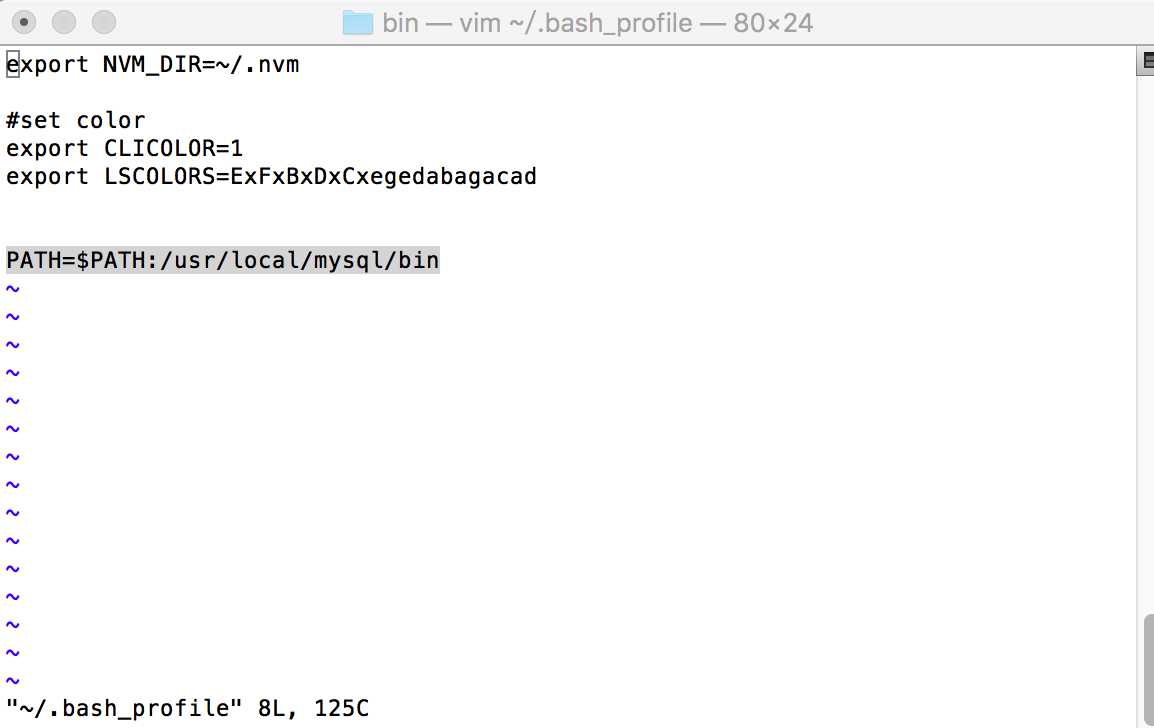
After successful login, you can change the password through the following command
SET PASSWORD FOR 'root'@'localhost' = PASSWORD('mysql123456');
Related recommendations:Windows 10 decompression version of MySql installation and configuration method tutorial
mysql5 apache+php+mysql installation and configuration method summary
mysql installation and configuration detailed explanation Tutorial (1)_MySQL
The above is the detailed content of MySQL installation and configuration diagram under Mac. For more information, please follow other related articles on the PHP Chinese website!

Hot AI Tools

Undresser.AI Undress
AI-powered app for creating realistic nude photos

AI Clothes Remover
Online AI tool for removing clothes from photos.

Undress AI Tool
Undress images for free

Clothoff.io
AI clothes remover

Video Face Swap
Swap faces in any video effortlessly with our completely free AI face swap tool!

Hot Article

Hot Tools

Notepad++7.3.1
Easy-to-use and free code editor

SublimeText3 Chinese version
Chinese version, very easy to use

Zend Studio 13.0.1
Powerful PHP integrated development environment

Dreamweaver CS6
Visual web development tools

SublimeText3 Mac version
God-level code editing software (SublimeText3)

Hot Topics
 How to connect to the database of apache
Apr 13, 2025 pm 01:03 PM
How to connect to the database of apache
Apr 13, 2025 pm 01:03 PM
Apache connects to a database requires the following steps: Install the database driver. Configure the web.xml file to create a connection pool. Create a JDBC data source and specify the connection settings. Use the JDBC API to access the database from Java code, including getting connections, creating statements, binding parameters, executing queries or updates, and processing results.
 MySQL's Role: Databases in Web Applications
Apr 17, 2025 am 12:23 AM
MySQL's Role: Databases in Web Applications
Apr 17, 2025 am 12:23 AM
The main role of MySQL in web applications is to store and manage data. 1.MySQL efficiently processes user information, product catalogs, transaction records and other data. 2. Through SQL query, developers can extract information from the database to generate dynamic content. 3.MySQL works based on the client-server model to ensure acceptable query speed.
 How to start mysql by docker
Apr 15, 2025 pm 12:09 PM
How to start mysql by docker
Apr 15, 2025 pm 12:09 PM
The process of starting MySQL in Docker consists of the following steps: Pull the MySQL image to create and start the container, set the root user password, and map the port verification connection Create the database and the user grants all permissions to the database
 Laravel Introduction Example
Apr 18, 2025 pm 12:45 PM
Laravel Introduction Example
Apr 18, 2025 pm 12:45 PM
Laravel is a PHP framework for easy building of web applications. It provides a range of powerful features including: Installation: Install the Laravel CLI globally with Composer and create applications in the project directory. Routing: Define the relationship between the URL and the handler in routes/web.php. View: Create a view in resources/views to render the application's interface. Database Integration: Provides out-of-the-box integration with databases such as MySQL and uses migration to create and modify tables. Model and Controller: The model represents the database entity and the controller processes HTTP requests.
 Solve database connection problem: a practical case of using minii/db library
Apr 18, 2025 am 07:09 AM
Solve database connection problem: a practical case of using minii/db library
Apr 18, 2025 am 07:09 AM
I encountered a tricky problem when developing a small application: the need to quickly integrate a lightweight database operation library. After trying multiple libraries, I found that they either have too much functionality or are not very compatible. Eventually, I found minii/db, a simplified version based on Yii2 that solved my problem perfectly.
 How to install mysql in centos7
Apr 14, 2025 pm 08:30 PM
How to install mysql in centos7
Apr 14, 2025 pm 08:30 PM
The key to installing MySQL elegantly is to add the official MySQL repository. The specific steps are as follows: Download the MySQL official GPG key to prevent phishing attacks. Add MySQL repository file: rpm -Uvh https://dev.mysql.com/get/mysql80-community-release-el7-3.noarch.rpm Update yum repository cache: yum update installation MySQL: yum install mysql-server startup MySQL service: systemctl start mysqld set up booting
 Centos install mysql
Apr 14, 2025 pm 08:09 PM
Centos install mysql
Apr 14, 2025 pm 08:09 PM
Installing MySQL on CentOS involves the following steps: Adding the appropriate MySQL yum source. Execute the yum install mysql-server command to install the MySQL server. Use the mysql_secure_installation command to make security settings, such as setting the root user password. Customize the MySQL configuration file as needed. Tune MySQL parameters and optimize databases for performance.
 Laravel framework installation method
Apr 18, 2025 pm 12:54 PM
Laravel framework installation method
Apr 18, 2025 pm 12:54 PM
Article summary: This article provides detailed step-by-step instructions to guide readers on how to easily install the Laravel framework. Laravel is a powerful PHP framework that speeds up the development process of web applications. This tutorial covers the installation process from system requirements to configuring databases and setting up routing. By following these steps, readers can quickly and efficiently lay a solid foundation for their Laravel project.






